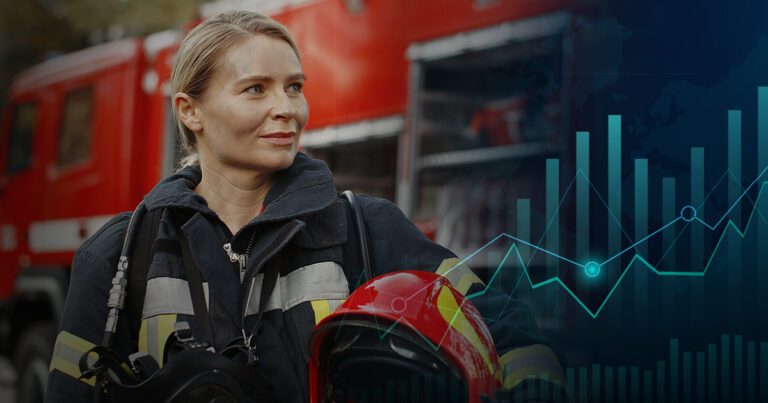Firefighting has always been a space where informed decisions can greatly impact the outcome of any given situation. That’s why Fire Chiefs are increasingly recognizing the value of data in driving operational improvements within their departments, a testament to the evolving nature of the fire service. However, this move toward data isn’t new. It’s an expansion of an established system that has proven its benefits over time.
Data in The Fire Service
Introduced in 1975, The National Fire Incident Reporting System (NFIRS) was designed to help understand the overall fire problem in the United States, providing a comprehensive national database of fire incident information. Over the years, the system has evolved, and today, it not only helps to understand the fire problem but also assists in making strategic decisions, planning and resource allocation. Although it’s only a subset of the data fire departments are capturing, the success of NFIRS clearly demonstrates the benefits of integrating data into the fire service.
Now, with more data around us than ever and the ability to easily analyze it for trends, departments can identify areas for improvement, from optimizing response times to efficient resource allocation. Data analysis also helps to identify peak times for emergency calls and recurring incident types, enabling targeted training and strategic planning.
Data also provides valuable insights into community demographics, aiding in the strategic placement of fire stations for optimal coverage. It also assists in justifying the need for additional resources by providing tangible evidence of increasing call volumes, changing incident types and more.
Navigating a Data-Driven Environment
The use of data in the fire service doesn’t require Fire Chiefs to become data scientists. It’s about cultivating a data-driven culture where data is seen as a valuable tool for decision-making rather than an administrative burden.
Essential to this is having the right tools to collect, manage and analyze data. With the help of modern software, Fire Chiefs can access near real-time insights and visualize data easier than ever, facilitating more informed decision-making.
Department Data in Action
Paso Robles Fire and Emergency Services in California is an excellent example of the impact data can have on firefighting operations. Using data on call volumes, response times and population density, the department made a compelling case for a new fire station. The data revealed that existing stations were overstretched, resulting in longer response times. This data-driven approach helped to secure funding for a new station, which significantly improved response times and community safety.
View their full case study to learn more on how Paso Robles Fire and Emergency Services leveraged data to inform stakeholders and justify additional resources.
How Does Your Department Use Data?
Being data savvy is no longer a luxury for Fire Chiefs, but rather a necessity. Data can provide valuable insights, improve operations and aid in strategic decision-making. Drawing on the successful history of data in the fire service, further embracing the power of data can equip fire departments to better serve the evolving needs of their communities.




